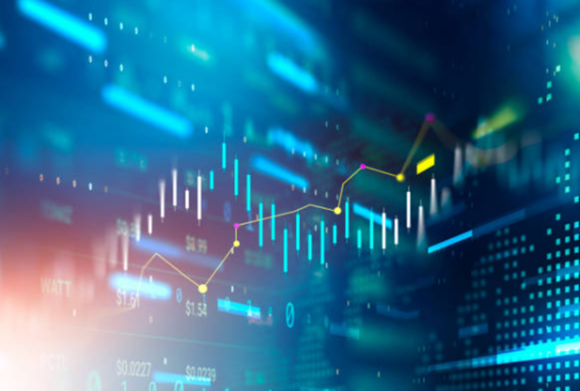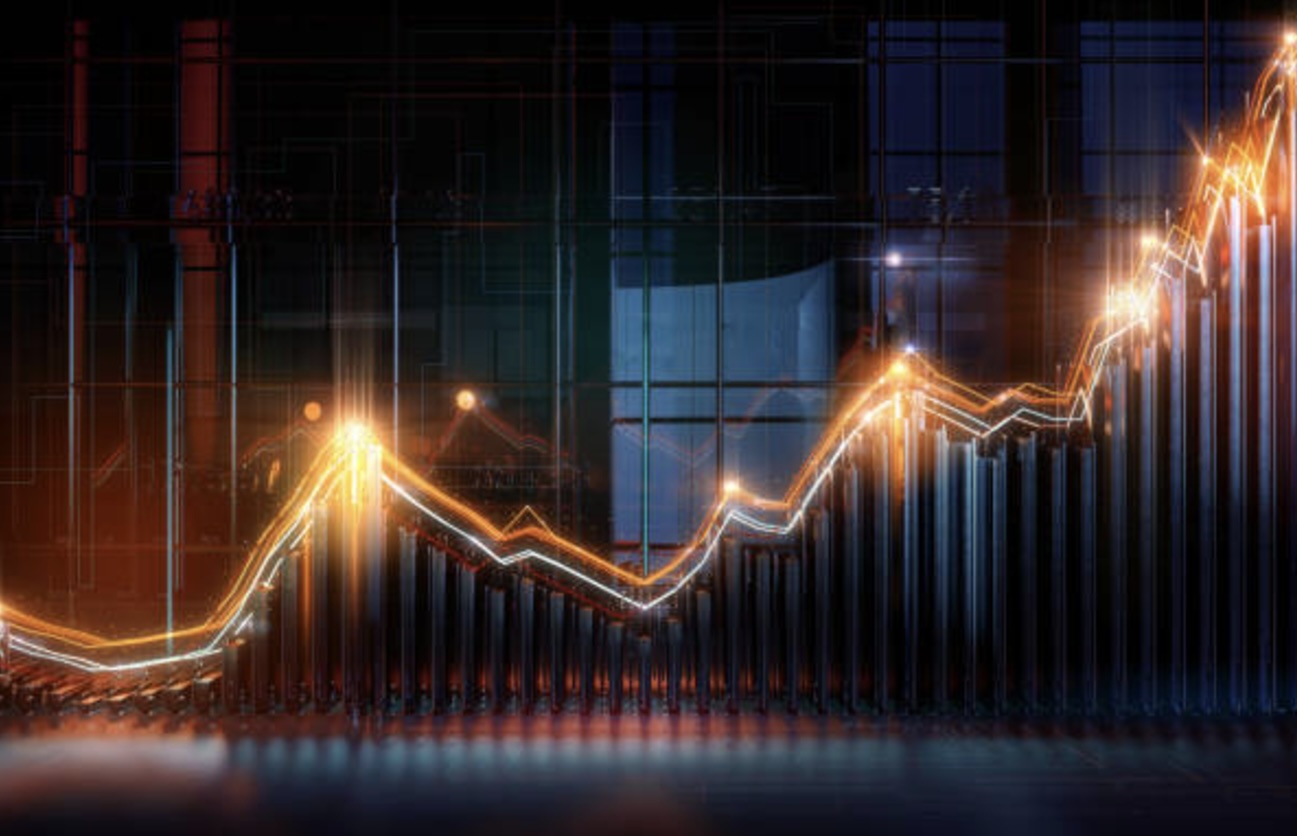In June, the U.S. unemployment rate edged up to 4.1% from the previous month’s 4%, a shift that nearly triggered a significant recession indicator. While historically low, this uptick suggests potential economic challenges ahead. Enter the Sahm Rule, a straightforward yet potent tool in economic forecasting.
According to the Sahm Rule, developed by economist Claudia Sahm, a recession is signaled when the three-month moving average of the unemployment rate rises by at least 0.5 percentage points from its lowest point in the preceding 12 months. This rule has accurately predicted every recession since 1970. The latest data from the Labor Department’s June report shows the gap between the current unemployment rate trend and its recent lows widened to 0.43, up from 0.37 in May, marking the highest level since March 2021 during the post-pandemic recovery.
Claudia Sahm, now Chief Economist at New Century Advisors and formerly at the Federal Reserve, underscores the critical implications of rising unemployment rates. She explains that even from historically low levels, an upward trajectory can trigger a negative feedback loop. As consumer spending diminishes due to job losses, businesses experience reduced demand, leading to further layoffs and economic contraction. This self-reinforcing cycle, once initiated, tends to accelerate.
Despite the Sahm Rule’s historical accuracy, Sahm acknowledges the unique disruptions caused by the pandemic, questioning its current applicability. In a recent CNBC interview, she expressed concern over the Federal Reserve’s cautious stance on rate cuts, warning that delaying necessary monetary adjustments could inadvertently push the economy toward recession.
At their June meeting, Federal Reserve officials opted to maintain interest rates at 5.25%-5.5%, levels unseen since 2001. However, mounting pressures and economic signals may prompt a reassessment in upcoming meetings. Sahm advocates for a proactive approach, urging policymakers to prioritize the rate of change in labor market conditions over absolute unemployment levels. She argues that waiting for a significant deterioration in job gains could exacerbate economic vulnerabilities.
While Sahm’s warnings highlight potential risks, some market observers, like Neuberger Berman’s Steve Eisman, offer a more optimistic outlook. Eisman points to robust infrastructure spending and technological advancements as drivers of resilience in the U.S. economy. He contends that despite periodic concerns and forecasts of recession, recent economic dynamics demonstrate a remarkable capacity for adaptation and growth.
As the Federal Reserve prepares for its next policy decisions, including the possibility of rate cuts, stakeholders across sectors are closely monitoring these developments. The intersection of economic data, policy decisions, and market sentiment will continue to shape the narrative of U.S. economic health in the months ahead. Whether the Sahm Rule’s predictive power holds true in the current landscape remains a critical question as economists and policymakers navigate uncertainties to sustain economic stability and growth.




